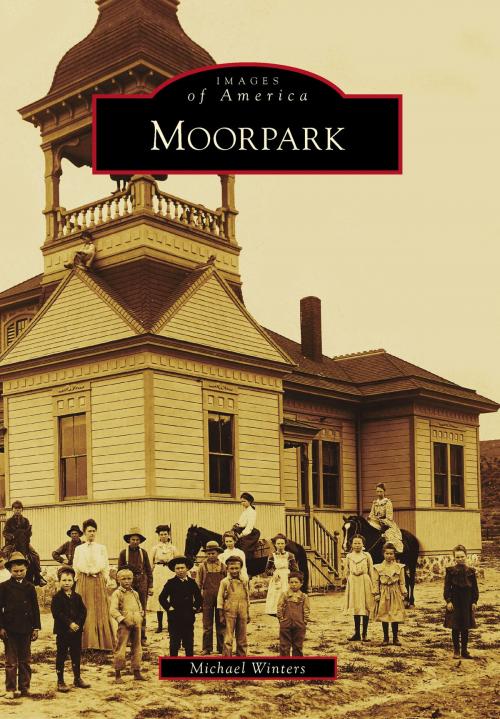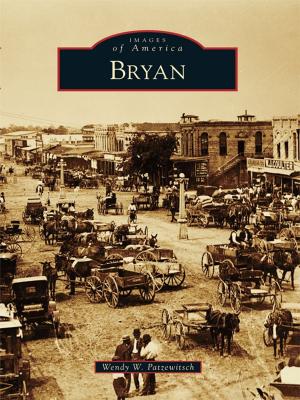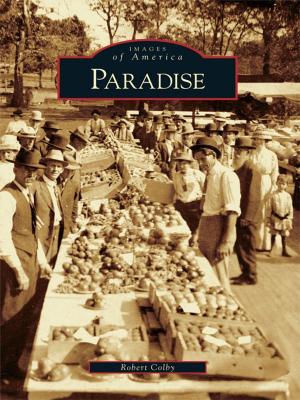| Author: | Michael Winters | ISBN: | 9781439657355 |
| Publisher: | Arcadia Publishing Inc. | Publication: | August 15, 2016 |
| Imprint: | Arcadia Publishing | Language: | English |
| Author: | Michael Winters |
| ISBN: | 9781439657355 |
| Publisher: | Arcadia Publishing Inc. |
| Publication: | August 15, 2016 |
| Imprint: | Arcadia Publishing |
| Language: | English |
The story of Moorpark begins with a town that was built in the right place at the right time. In the 1890s, when the Southern Pacific Railroad announced plans to relocate its Coast Line through Chatsworth to Ventura, land speculation ensued. Robert W. Poindexter, secretary of the Simi Land and Water Company, owned the plot of land that became Moorpark and laid out the townsite in 1900. A depot was quickly built, and soon, trains were arriving daily. Shortly thereafter, an application for a post office was also approved. After the completion of the Santa Susana tunnels in 1904, Moorpark began to grow. Historically, Moorpark's main source of revenue has been agriculture. Initially, dry land farming, including apricots, was preferred. As irrigation techniques improved, walnuts and citrus became the major crops. Its extensive apricot production endowed Moorpark with the title "Apricot Capital of the World." After World War II, the poultry industry became big business, with turkey, chicken, and egg ranches dotting the landscape.
The story of Moorpark begins with a town that was built in the right place at the right time. In the 1890s, when the Southern Pacific Railroad announced plans to relocate its Coast Line through Chatsworth to Ventura, land speculation ensued. Robert W. Poindexter, secretary of the Simi Land and Water Company, owned the plot of land that became Moorpark and laid out the townsite in 1900. A depot was quickly built, and soon, trains were arriving daily. Shortly thereafter, an application for a post office was also approved. After the completion of the Santa Susana tunnels in 1904, Moorpark began to grow. Historically, Moorpark's main source of revenue has been agriculture. Initially, dry land farming, including apricots, was preferred. As irrigation techniques improved, walnuts and citrus became the major crops. Its extensive apricot production endowed Moorpark with the title "Apricot Capital of the World." After World War II, the poultry industry became big business, with turkey, chicken, and egg ranches dotting the landscape.















